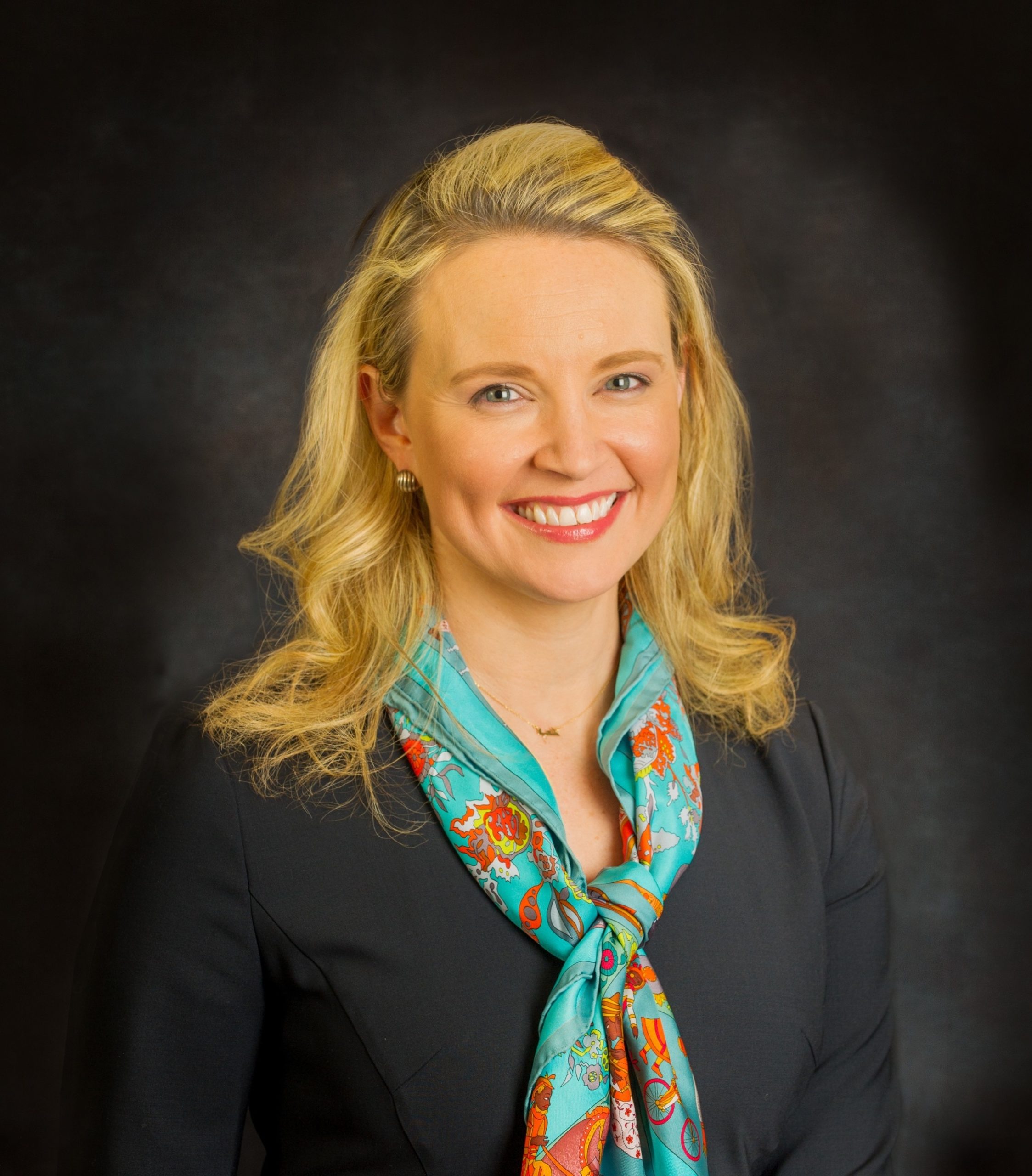
Science, Policy and Public Preparedness
Mary Kosinski fused her background in science and policy to help build the United States’ pandemic preparedness response
In the last year, Mary Kosinski’s extensive career in science and policy feels as though it has come full circle.
As the deputy vice president for science and regulatory advocacy at the Pharmaceutical Research and Manufacturers of America (PhRMA), she represents the nation’s leading biopharmaceutical research companies in advancing the public policies necessary to bring cutting-edge therapeutics and medical technologies to market. Since the COVID-19 pandemic began, however, her focus has shifted to liaising between industry and the federal government to help get vaccines and therapeutics to the country as quickly and safely as possible.
The intersection has been an interesting experience for her given that she worked to design much of the United States’ pandemic response infrastructure back in 2006.
Kosinski began her career in Washington, D.C., at the Department of Health and Human Services’ (HHS) Centers for Medicare and Medicaid Services (CMS) in 2003, armed with B.S. degrees in chemistry and policy and management from Carnegie Mellon and a M.S. in health care policy and management from CMU’s Heinz College.
Her first on-the-job project assessed how the CMS could integrate drug benefits for Medicare beneficiaries, which didn’t exist at the time.
“(The project) gave me an initial read of why it’s important to have a technical background and how to ask good questions, which is a fundamental ability and curiosity we all leave the Mellon College of Science with,” said Kosinski.
While Kosinski originally came to Carnegie Mellon to pursue science, her interests quickly expanded and merged towards science and health care policy. After her first year at CMU, she got her first taste for science and public health policy as an intern for the Pennsylvania Republican Party.
Her dual majors constantly embedded in her the value of her technical background in a public policy setting. One of her most memorable experiences was being the first undergraduate to join former Chemistry Professor Catalina Achim’s lab through sponsorship from a Howard Hughes Medical Grant to work on translational chemistry.
“Working in Catalina’s lab gave me gave me a greater appreciation for not just academic research but how it’s really part of a larger public policy lifecycle,” said Kosinski.
In 2005, Kosinski moved into the Secretary of HHS’s office as a senior science policy advisor where she worked exhaustively on the Pandemic and All-Hazards Preparedness Act (PAHPA). Signed into law in 2006, PAHPA reformed the nation’s public health preparedness in light of Hurricane Katrina and potential international influenza threats circulating at the time. The legislation created the Office of the Assistant Secretary for Preparedness and Response, under which Kosinski served as the first international health advisor. In this role, she steered HHS policy development for the Global Health Security Initiative, improved international food safety standards and negotiated influenza viral sample-sharing directives with the World Health Organization (WHO).
Understanding the intersection of domestic and global public health policy set the stage for her next role as the first chief of staff for the Biomedical Advanced Research and Development Authority (BARDA), which became the backbone of the country’s public health preparedness. Created through PAHPA, BARDA established countermeasures to deal with public health emergencies — be it from chemical, biological, nuclear or epidemiological events.
While at BARDA, Kosinski spent three years in the Middle East as the science advisor to the U.S. Ambassador in Muscat, Oman. She also managed the MERS-CoV response program with the Saudi government and worked with the WHO to coordinate vaccine and routine immunization practices in the region.
Throughout each of her roles, Kosinski enjoyed learning how to navigate science-informed public policy discussions from both a domestic and global health perspective, lessons that still resonate today as she advocates for effective policies to meet the public’s needs from an industry perspective.
“I definitely appreciate the ability to be part of the conversation today, having spent the better part of the last 20 years working in this field,” said Kosinski. “Now I also have the opportunity from the industry side to ask better questions about how the government is doing things.”
Having a birds-eye view of both the government’s and industry’s perspectives has enabled Kosinski to foster productive conversations on vaccine production, regulatory flexibilities and inspection priorities that satisfy both sides while ensuring the best outcomes for the public.
“The ability to think now about how these dots are connected is something I view as a triumph,” said Kosinski.
♦ by Emily Payne

